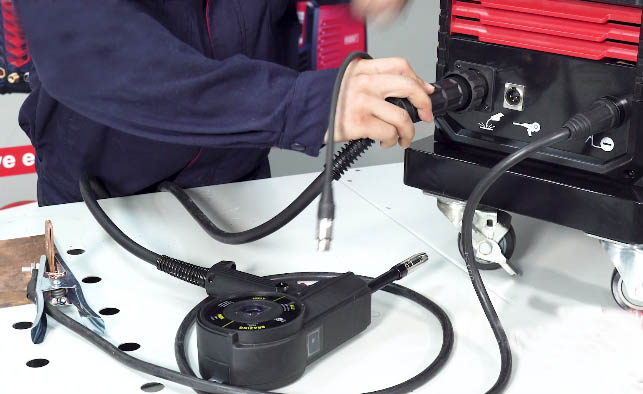Welding aluminum using the MIG process can be quite complex, especially for beginners. However, there is a solution: the spool gun.
MIG Welding Aluminum with a Spool Gun
Welding Town
When you attempt to run aluminum wire through a regular MIG welder, it often ends up in a tangled mess. By attaching the spool of wire to a gun, you can avoid this issue altogether.
Even with the convenience of a spool gun, many welders still find it challenging to work with aluminum. This is often due to inadequate preparation and the use of improper techniques. Fear not! By following this comprehensive guide, you’ll be able to start welding aluminum with a spool gun in no time.
Remember, it is crucial to maintain the same meaning as the original text while incorporating a conversational style, engaging the reader, and keeping the tone informal and simple.
Understanding Aluminum Welding
Welding aluminum poses a significant challenge due to the physical characteristics of this metal. With its soft nature and excellent heat conductivity, aluminum requires a substantial amount of heat to reach its melting point.
Among various welding methods, many welders prefer TIG welding for aluminum due to its ability to precisely direct a high amount of heat. However, it’s worth noting that this process tends to be slower in comparison.
Furthermore, the choice of filler material for aluminum welding is equally important, as it needs to match the metal’s softness. However, this aspect creates another obstacle since the softness of the material makes it difficult to feed through a MIG welder lead.
Enter the spool gun—a valuable tool in combating these challenges. As you can see, the unique properties of aluminum present real hurdles for welders to overcome.
Key Characteristics of Aluminum
Aluminum, a non-ferrous metal, bears a resemblance to copper and lead in many aspects. It possesses a soft and malleable nature, yet it remains remarkably lightweight.
When it comes to applications where the combination of strength and weight is paramount, aluminum emerges as an excellent choice. However, one significant challenge with aluminum is its higher susceptibility to cracking and wear when compared to ferrous metals.
Challenges in Aluminum Welding
Aluminum presents a unique challenge when it comes to welding due to its oxide coating, which necessitates a significantly higher amount of heat to melt compared to the rest of the material.
But that’s not the only hurdle.
As you apply heat to aluminum, the metal itself acts as a dissipator, making it more difficult to maintain the desired temperature.
Furthermore, the susceptibility of aluminum to cracking stems from the rapid thermal cycling that occurs during the welding process—intense heating followed by rapid cooling.
As you can see, welding aluminum requires diligent effort and is prone to material cracking. However, with practice, you can achieve relative ease in welding this metal.




![12 Different Types of Welding Processes [The Definitive Guide] 6 12 Different Types of Welding Processes [The Definitive Guide]](https://www.021208.com/wp-content/uploads/2025/01/12-Different-Types-of-Welding-Processes-The-Definitive-Guide-150x150.jpg)







